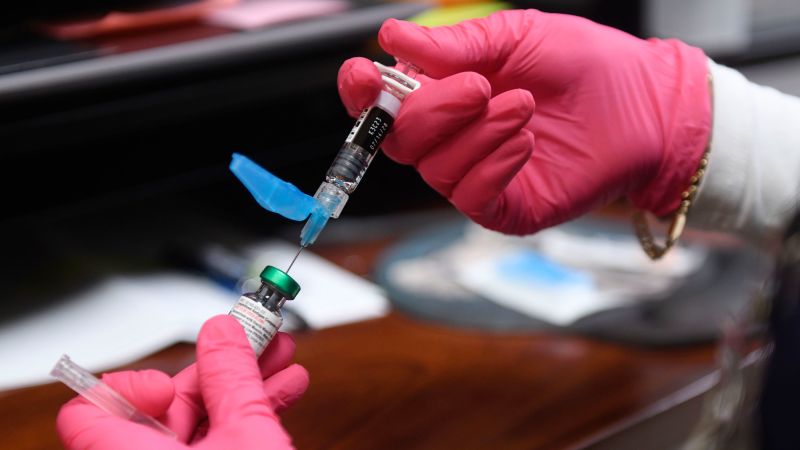In the United States, a troubling resurgence of measles cases has emerged in 2025, with reports indicating over 1,000 infections, marking the highest incidence of the disease since it was declared eliminated in the country. This alarming development highlights a significant public health concern, as measles, a highly contagious viral infection, poses serious health risks, especially to those who are unvaccinated. In fact, the nation is contending with a large multistate outbreak, which has raised fears that this year could see the worst measles outbreak since the turn of the millennium.
According to a recent tally by CNN, at least 1,002 cases of measles were reported as of Wednesday. The data is sourced from the US Centers for Disease Control and Prevention (CDC) as well as various state health departments. A substantial majority of these cases—over 800—are linked to a significant outbreak predominantly located in West Texas. This particular outbreak has also spread into neighboring states, including New Mexico, Oklahoma, and potentially Kansas, with expectations of additional cases being documented soon from these regions.
Experts have pointed out that the current figures may be an underestimate, as numerous cases might be going unreported. This underreporting is particularly concerning given the highly contagious nature of measles, which can spread quickly in communities with low vaccination rates. Currently, historical data indicates that the average annual incidence of measles cases in the United States has hovered around 180 since the disease’s elimination status was declared in 2000. Therefore, the spike in cases during 2025 represents a significant deviation from this norm.
Reviewing the last decade, the only other year that saw over 1,000 reported measles cases was in 2019. At that time, extensive outbreaks occurred in New York City and its surrounding suburbs, culminating in a total of 1,274 confirmed cases—just 272 more than reported thus far in 2025. This recurrence of outbreaks underscores the public health challenges posed by declining vaccination rates, particularly in communities hesitant about vaccine efficacy.
It’s worth noting that the CDC typically releases updates on measles case numbers each Friday. However, it has ceased providing detailed information on the specific case counts within each state, which further complicates the public’s understanding of the outbreak’s full scope. As of the latest report on Friday, the CDC noted 935 measles cases across the country. Alarmingly, around 13% of these cases have necessitated hospitalization, showcasing the severe nature of complications associated with the disease. Notably, only about 4% of those infected had received at least one shot of the measles-mumps-rubella (MMR) vaccine, emphasizing the importance of vaccination in preventing outbreaks.
The weight of this ongoing outbreak is compounded by the fact that there have been three fatalities attributable to measles this year, a statistic that matches the combined total of measles-related deaths recorded in the previous two decades. This tragic reality accentuates the vital role that public health initiatives play in advocating for vaccination and monitoring disease outbreaks.
To date, there have been at least 12 distinct measles outbreaks in the U.S. this year, which are classified as situations with three or more associated cases. In addition to the principal outbreak in West Texas, other states such as Ohio, Montana, and Michigan are grappling with their respective outbreaks, highlighting the widespread nature of this resurgence. Each outbreak carries a unique set of challenges and underscores the urgent need for effective vaccination strategies to curtail the spread of measles and protect vulnerable populations across the nation.



